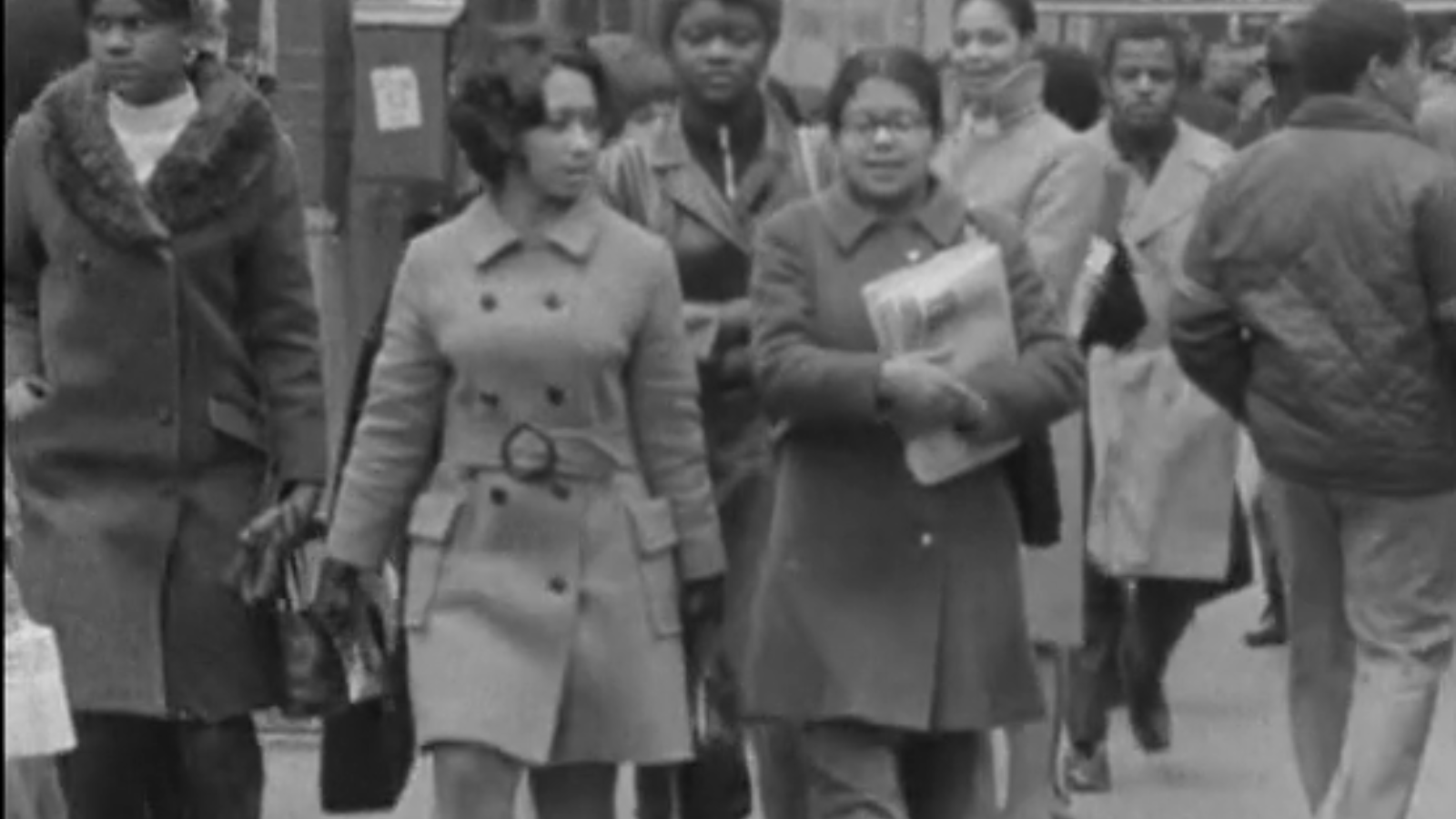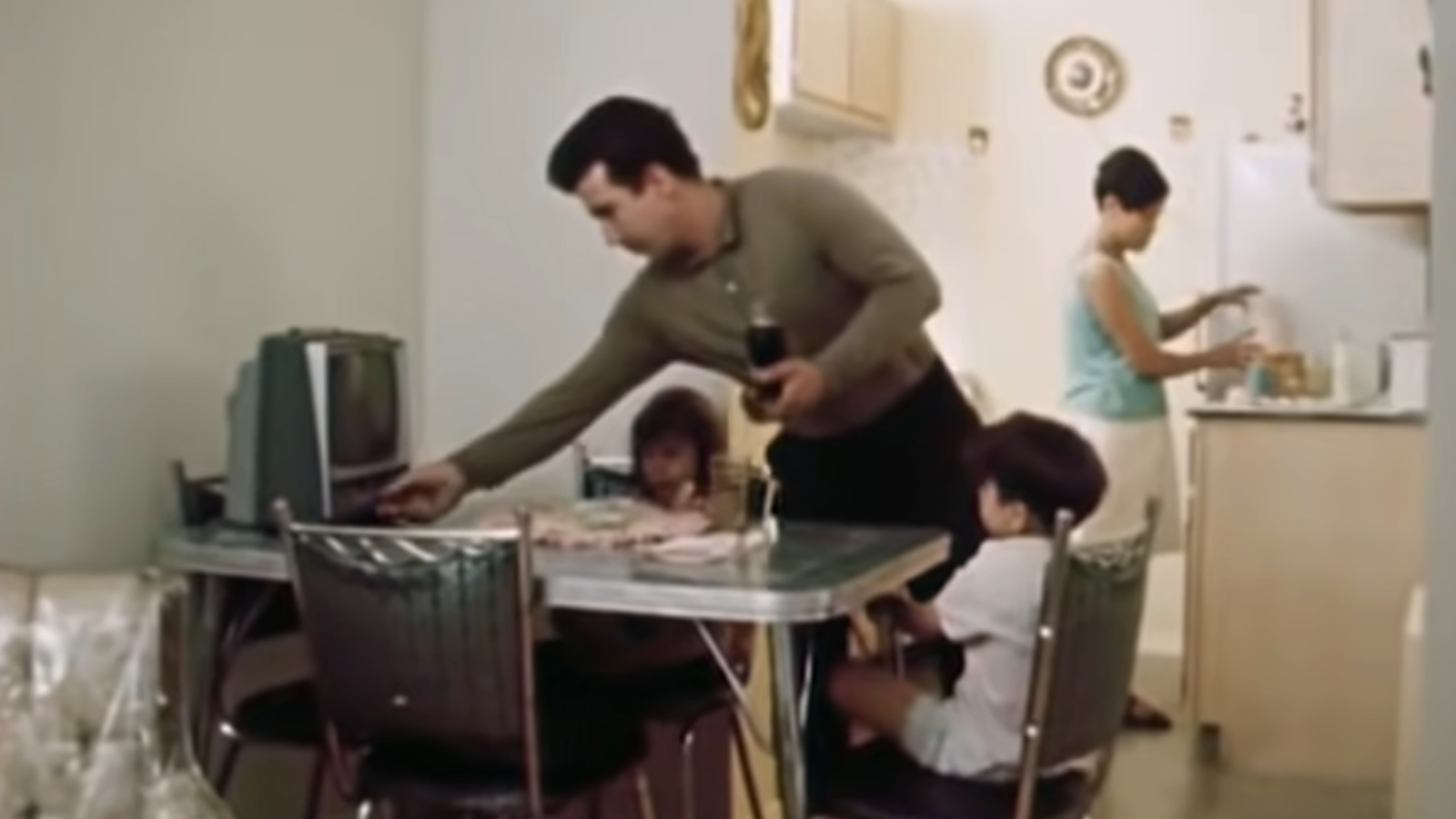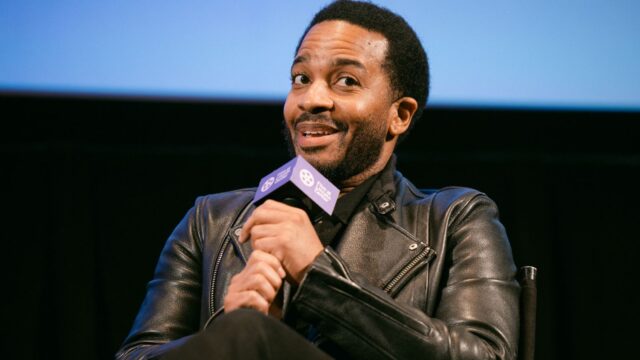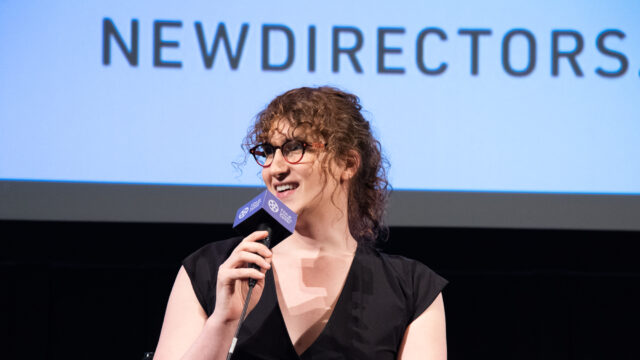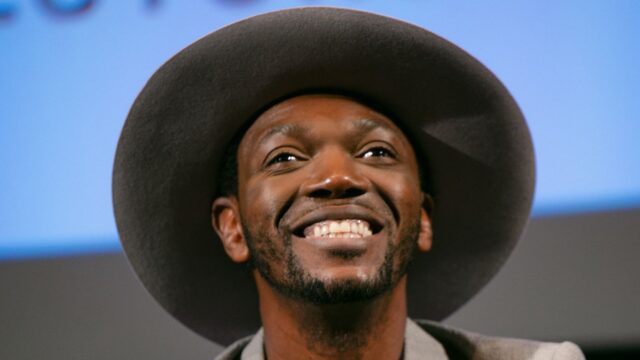Program 5: Gentrification and Urban Renewal, Part 1
Saturday, May 4
Venue
EBM Film Center (FBT)See more and save with a 3+ Film Package or All-Access Pass
What Is the City but the People?
John Peer Nugent, Gordon Hyatt, 1969, 51m
Break and Enter a.k.a Squatters / Rompiendo Puertas
Newsreel, 1971, 40m
Perpetual change—an unending cycle of destruction, rebuilding, and re-zoning—might be the one constant of New York City. The most consequential period of upheaval was felt in the 1960s, with major declines in manufacturing and manual labor drastically altering the demographics of New York, landlord disinvestment in response to political uprisings, and “slum clearance” enacted as part of late Robert Moses-era civic improvement projects. By the late 1960s, an estimated 29,654 families had been displaced by urban renewal projects across the city, in particular the neighborhoods of San Juan Hill, East Harlem, and Bedford-Stuyvesant. “Urban renewal,” the author James Baldwin famously remarked, “means negro removal,” while The Congress for African Peoples defined it as “another arm of white supremacy.”
In 1969 the Department of City Planning attempted to shore up support for its various projects with a multipronged, multimedia public relations blitz. At its center was the publication of a six-volume book, The Plan for New York City (1969), which articulated the commissioner’s vision for the metropolis to stem the flight of the middle classes to the suburbs and revitalize urban space. The plan was presented in synopsis form as a propagandistic documentary produced by the Department and co-directed by John Peer Nugent and Gordon Hyatt. Featuring some flashy cinematography from New York location shooter -extraordinaire Arthur J. Orniz, What Is the City but the People? is an idiosyncratic document of the city in the late 1960s, offering a wide panorama of places and spaces, narrated by one of the plan’s ghost writers, William H. Whyte. The film flits between footage of and discussion about “urban crisis” (uprisings, poor housing stock, street violence) and purported city-led remedies. Viewed today, the film is both a curious relic of failed urban policy and an index of just how wedded city authorities were (and remain) to the idea that the manipulation of public perception is key to urban governance.
Between 1961 and 1968 the number of abandoned buildings in the city went from 1,000 to 7,100, with many of these properties having once housed minority families. One of two films in this series, Break and Enter by the collective Newsreel depicts the liberatory potential of taking advantage of this scene of urban decline. As the group proclaimed: “By 1970, several hundred Puerto Rican and Dominican families reclaimed housing left vacant by the city. They pulled the boards off the doors, cleaned and repaired the buildings, and moved in. Break and Enter documents the activist work of Operation Move-In and the city’s attempts to displace the families.” The film is of a piece with Newsreel’s rough-hewn style and its off-the-cuff verisimilitude is in every way a formal contrast to the official line being fed by the city government.

